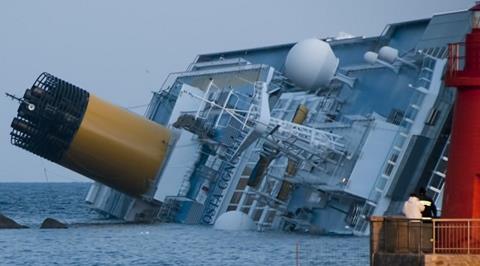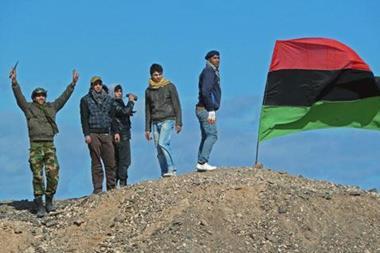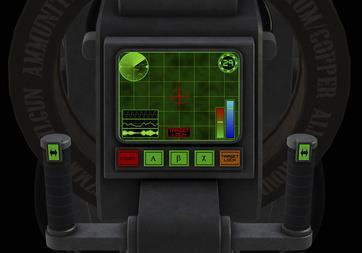The Italian cruise ship tragedy in January demonstrated that there is nowhere to hide from the all-seeing eye of the camera phone today. But, given the opacity of many management structures, this may not be a bad thing

The wrecking of the cruise ship Costa Concordia off the coast of Tuscany on 13 January seems to have contained all the elements of a farce.
If 32 people had not lost their lives, the media reporting might have been even less restrained. As it was, the picture presented to the wider world - of a captain endangering his ship by sailing too close to shore to show off to a former colleague and then attempting to direct the evacuation process from the safety of a lifeboat - scarcely seemed credible.
In due course, the media found a Moldovan dancer and a conversation with an outraged coastguard official to add to the mix. On YouTube, videos of the scenes on board the vessel rapidly appeared, while the Italian TV5 channel came up with one (also on the web) that purported to show the confusion and indecisiveness of the staff on the bridge.
Nowhere to hide
The results of the official investigation into the disaster are yet to appear, but whatever they turn out to be, the damage to reputations has already been done. When a relatively slow-moving emergency situation involves 4,000 people, most of whom possess mobile phones capable of taking video, it is only to be expected that the event will soon be up for detailed scrutiny by everyone with an internet connection. The evidence may not be trustworthy (editing suites are almost as ubiquitous as cameras), but it is what the world will base its judgement on.
Such is the pace of growth in “citizen reporting” that nobody ought to expect a physical emergency of any kind - however small - to go unreported or unfilmed.
So, one question for risk managers is: How would your crisis management look on YouTube?” Because, if you have a fire, an evacuation or a safety incident of any kind, this is where it could be seen. Does your staff training measure up?
There is a bigger question that arises from the Costa Concordia disaster, to do with the command chain. In some ways, it is the opposite of the Air France flight 447 crash (StrategicRISK, 9 October 2011). In that situation, automatic systems handed over command to a crew who appeared not to have coped. On the Italian ship, it appears that the captain deliberately overrode the automatic course-deviation warnings to perform his “sail past”.
Follow the leader
In certain professions, such as the military, aviation and shipping, the prevailing culture is of instant, unquestioning obedience to orders - for good and obvious reasons.
But the risk is equally obvious. If the person at the top gives an order that is gravely misguided or, as appears to have happened on the Costa Concordia, subsequent orders are confusing or delayed beyond sense, the chain of command fails in its duty because nobody can question it. There are neither checks nor balances - and disaster follows.
Most businesses have the luxury of seldom facing the kind of emergency that requires instant obedience to orders. Yet the figure of the ambitious chief executive with a lust for unfettered command is all too common.
Despite the reams of paper that have been dedicated to good governance, we continue to see organisations - big and small, public and private - jeopardised by bad decisions taken at the top going unquestioned.
In too many places, the prevailing culture is that if you do not agree with the decisions of top management, you resign - probably signing a gagging agreement on the way. This is not a good culture for the modern organisation to embrace. It is a quick way to end up on the rocks.




















No comments yet